About Ise-Shima, Mie
About Ise-Shima, Mie

Mie's Attractiveness
Located almost in the center of Japan, Mie Prefecture is home to many beautiful natural features and historic sites, including Ise Jingu, a shrine known as the spiritual home of the Japanese people, the World Heritage Site Kumano Kodo, the birthplace of Iga Ninja, and the Ria Coast. Mie has been called "Umashikuni" (beautiful country) for being blessed with rich nature, culture, and fruits of the sea and mountains.
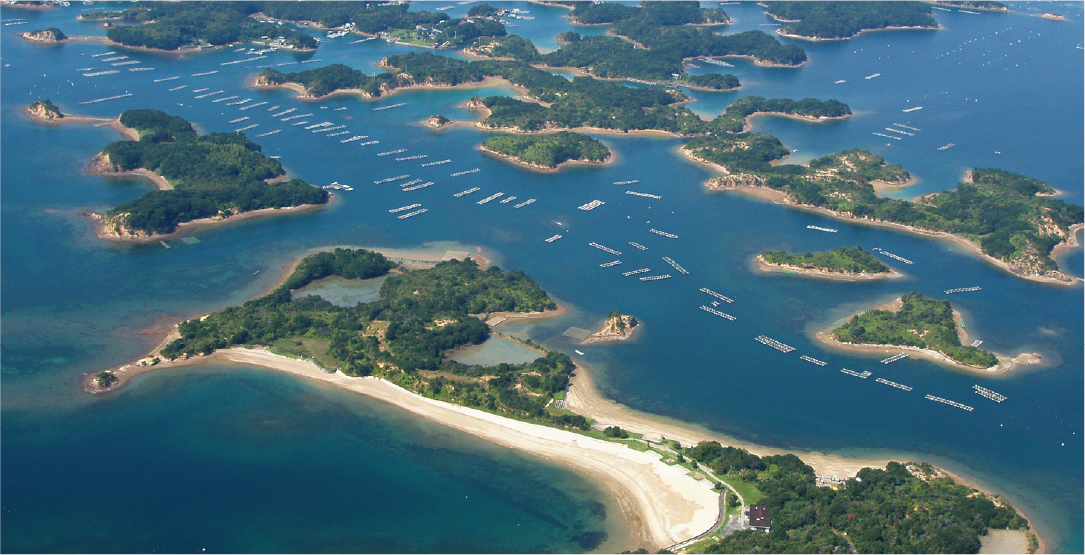
Ago Bay
The largest inlet of the sea located in the southern part of the Shima Peninsula. The area features a ria coast that impresses deeply with the silhouettes of Kashikojima and myriads of other large and small islands, being famous for pearl cultivation. The views from vista points such as Mt. Tomoyama and Mt. Yokoyama are known as photo spots; some views are particularly beautiful.
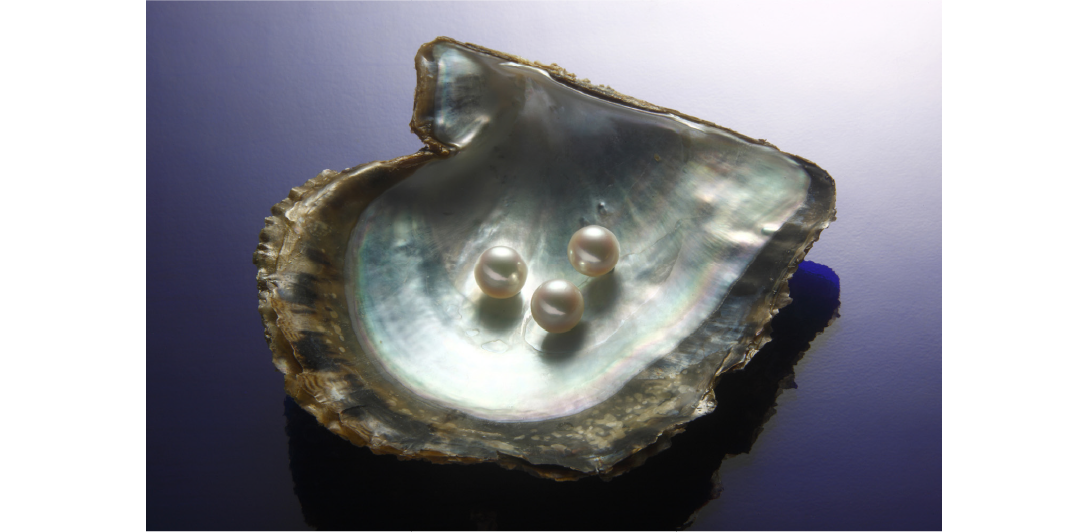
Pearls
It has been 130 years since Kokichi Mikimoto succeeded in pearl cultivation for the first time in the world. Precious pearl oysters are kept under constant care after nuclei have been inserted manually, and each pearl is nurtured using brilliant techniques. Mysterious glow created by the tireless efforts of our predecessors and the power of man and nature attracts people from all over the world.
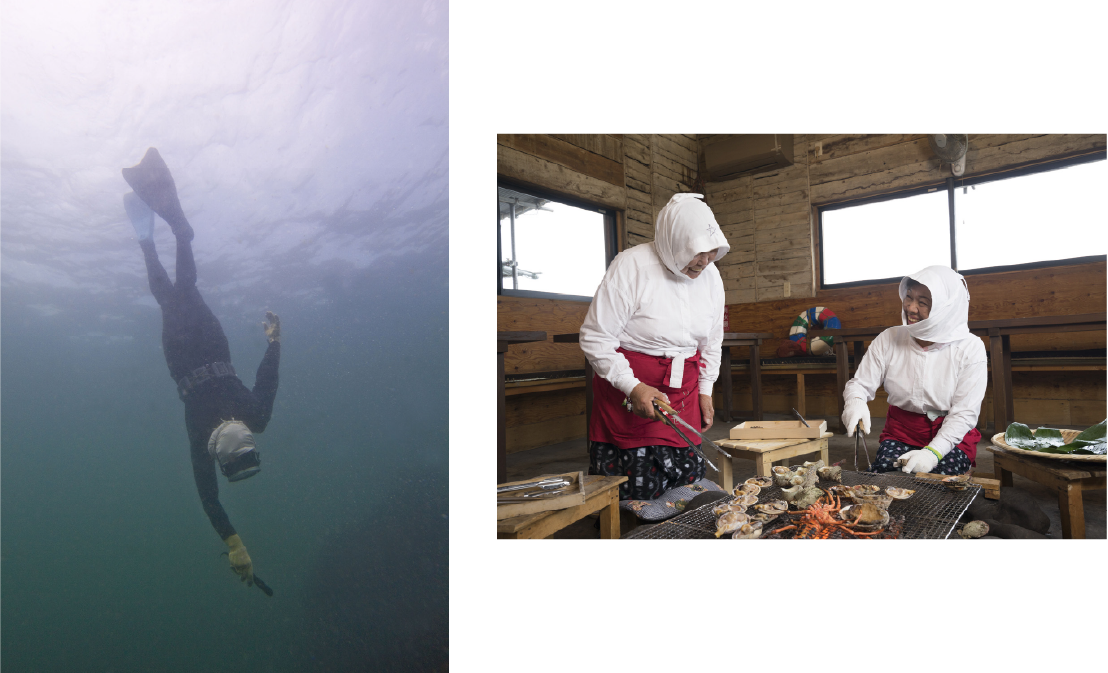
Woman shell diver, Ama
The art of ama, female skin-diving fishers, has been handed down from generation to generation in Toba and Shima. Ama fishing is thought to trace back to ancient times; ama divers are even mentioned in Manyoshu (Anthology of Ten Thousand Leaves, the oldest anthology of poems). These fishing techniques have been continued to the present; today, Toba and Shima boast the largest number of ama in Japan who preserve the traditional fishing techniques.
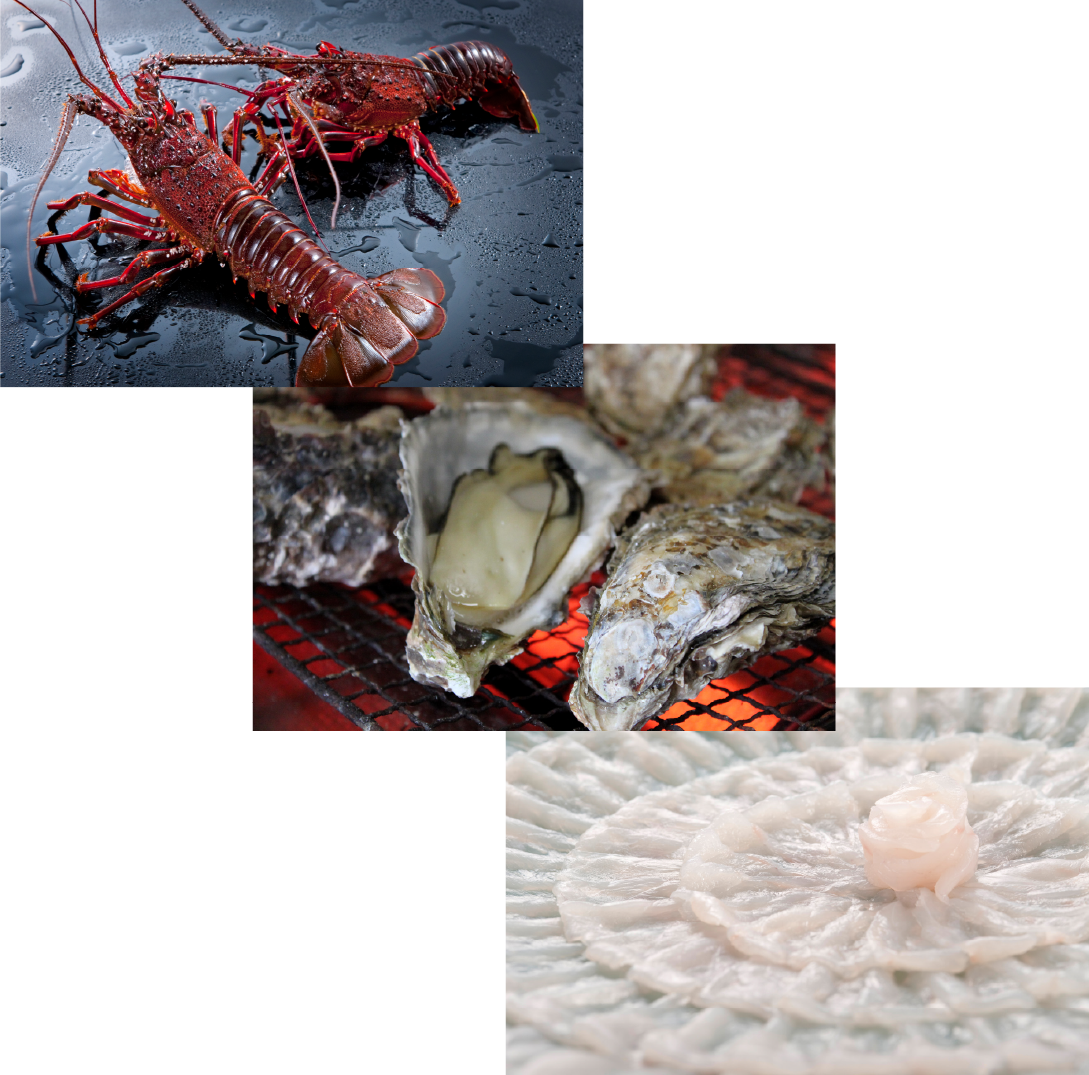
Fruits of the sea
Ise lobster is the king of seafood. It can be enjoyed in a variety of ways, such as fresh sashimi with a hint of sweetness, char-grill with its irresistible plump texture, or luxurious miso soup.
Matoya oysters are a luxury brand that even food connoisseurs praise highly. Grown plump in the bountiful sea, their sweet flavor is truly the milk of the sea. They are also famous as safe seafood produced using a patented UV system; please enjoy their rich flavor available only when eaten raw.
Anorifugu is a natural tiger puffer of 700 g and larger caught around Anjo Fishing Port from October 1 to the end of February. This fish features firm texture, and the whole fish can be fully enjoyed as fugu sashimi, fugu nabe, karaage, milt, or hirezake (hot sake with grilled fish fins).
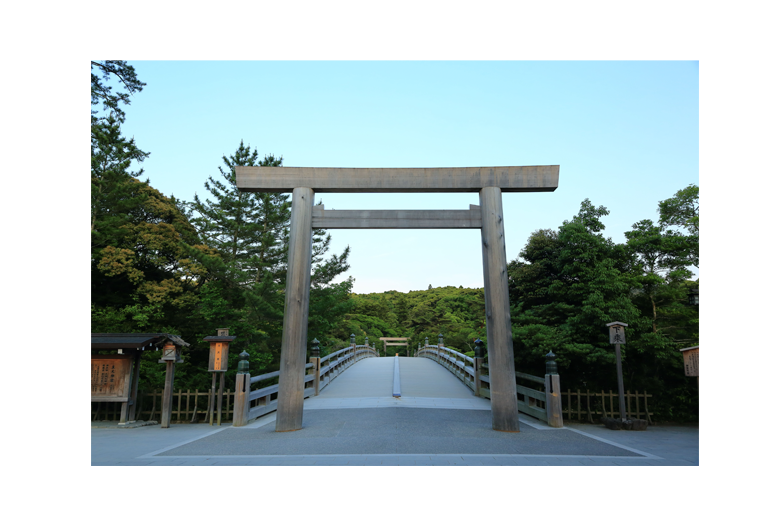
Ise Jingu Shrine
Ise Jingu Shrine has a history of 2,000 years and is known as the "spiritual home" of the Japanese people.
The official name of the shrine is Jingu, which refers to all 125 shrines, including the Kotaijingu (Naiku) for Amaterasu-Omikami and the Toyo'ukedaijingu (Geku) for Toyo'uke-no-Omikami, the deity that protects food, clothing, shelter, and industry.
The "Shikinen Sengu" ceremony, in which the shrine buildings and other structures are rebuilt every 20 years, has been repeated for 1,300 years, and the next ceremony will be held in 2033.
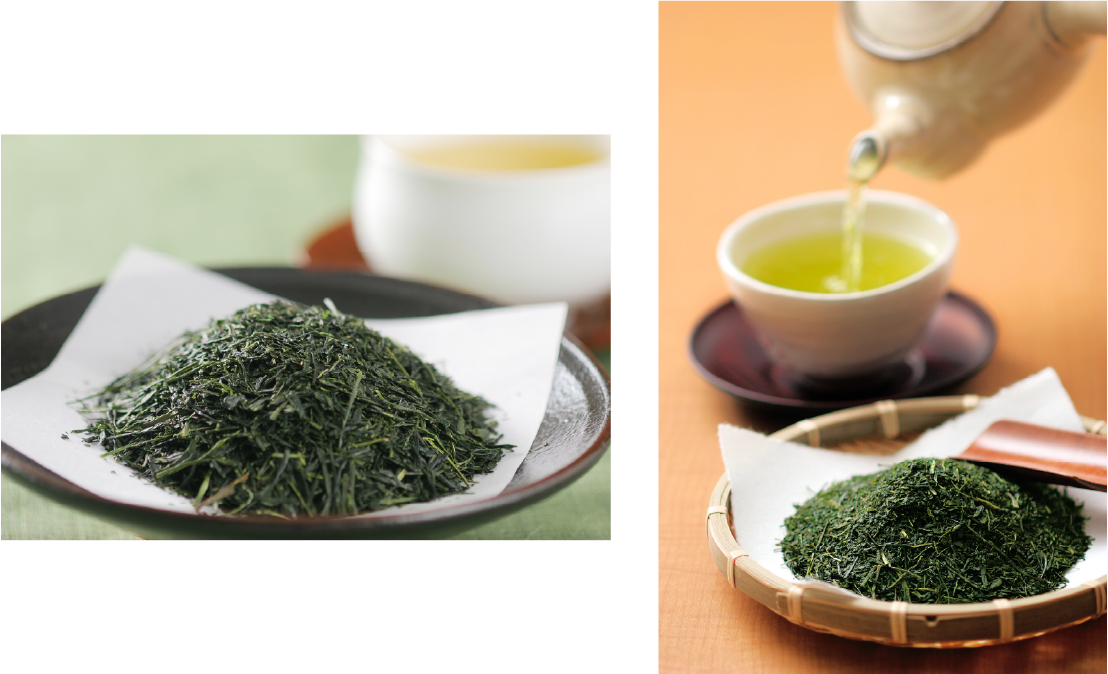
Ise tea
Mie Prefecture is the Japan’s third largest tea growing region. The tea produced in Mie Prefectures has been known as “Ise tea” since Edo period. Region-specific tea brands produced in Mie Prefecture stretching out from north to south offer different flavors due to local climate features; these brands include tasty mild “Kabusecha (Shade-grown green tea)” and “Fukamushi Sencha (Deep steamed green tea)” offering rich color and taste.
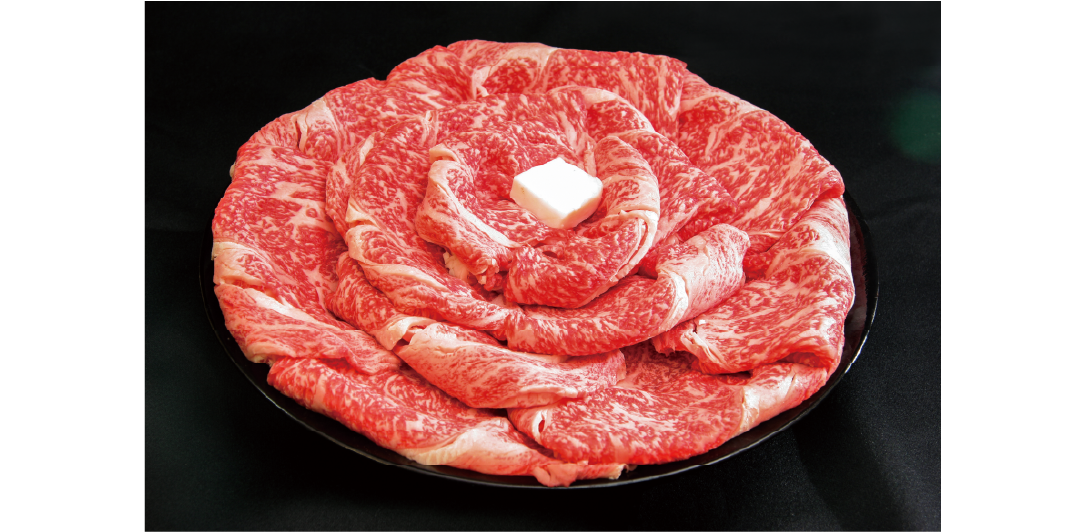
Matsusaka beef
Matsusaka beef, the top-end brand of Japanese beef, is also called “meat piece of art”. Due to the steady efforts by producers carrying on the craftsmanship and meat packers handling Matsusaka beef, melty fat and refined taste of this brand is highly acclaimed both in Japan and abroad.
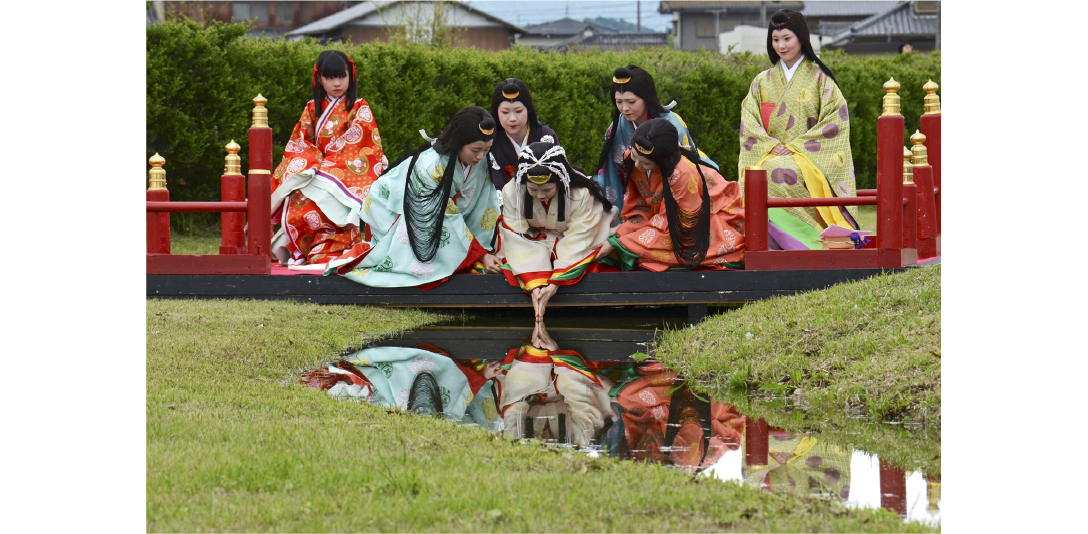
Saigu, the palace of the ancient imperial princesses serving at the Ise shrine
Saiku, also called “Itsukinomiya,” was the palace of Saio and was also used as Saiku-ryo, her government office. Saio was chosen from among female members of the Imperial Family and dispatched from the capital to serve in the Ise Jingu Shrine each time the emperor changed. "Saio Festival" is a lively event held every June on the ruins of Saigu to remind of bygone days.
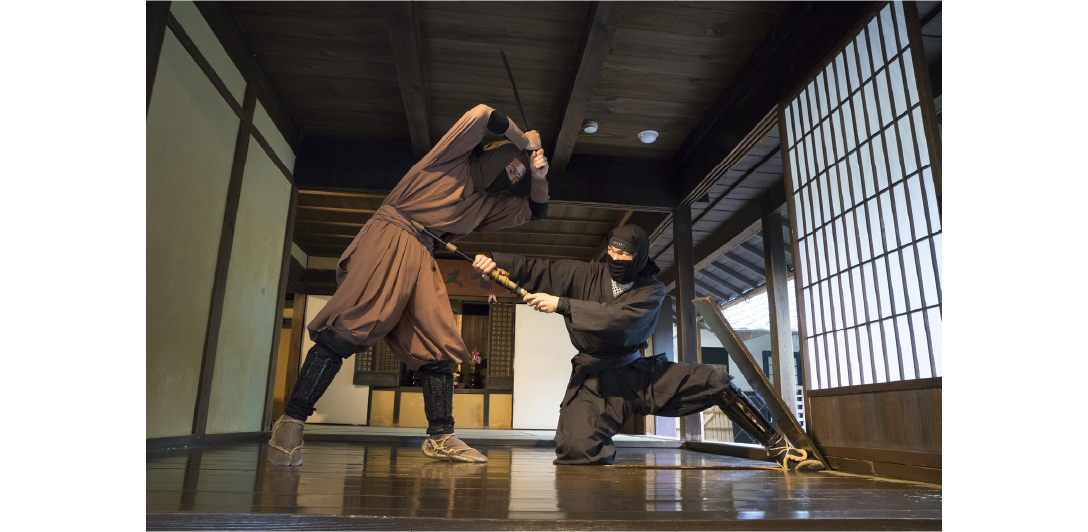
Ninja
Ninja is a master of ninjutsu, a unique martial art developed in Japan. The Ninja Museum of Igaryu offers ninja shows, and visitors can experience the ninja culture.
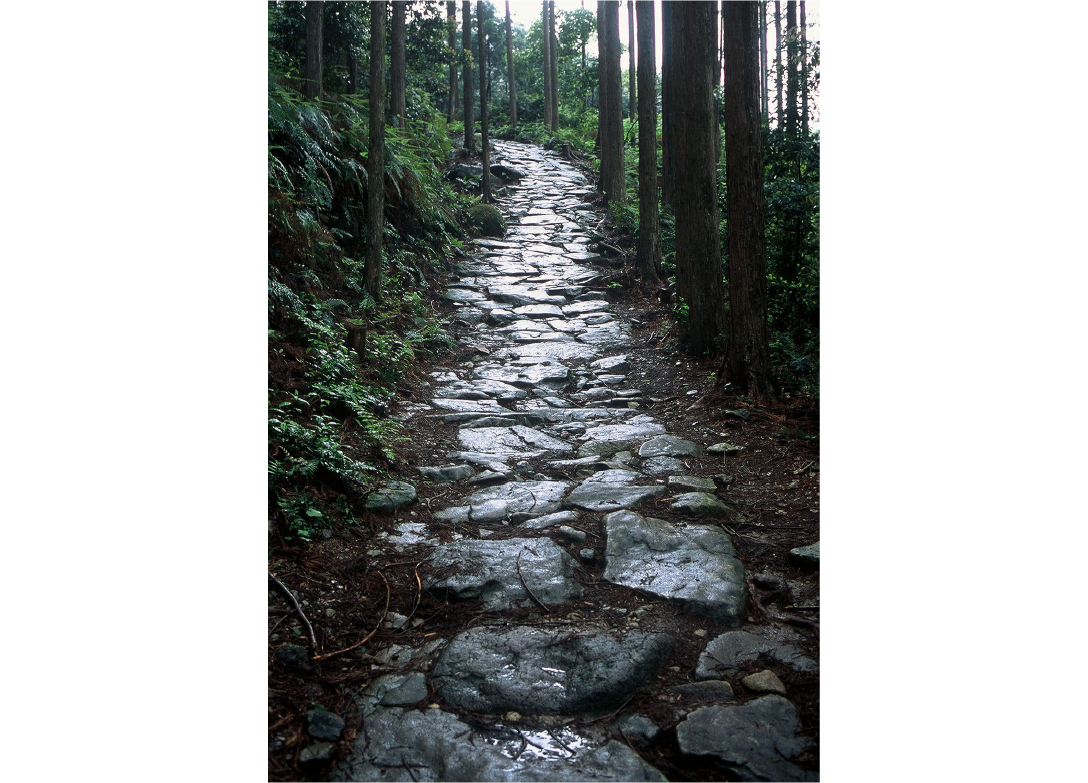
Kumano Kodo Iseji Route
Kumano Kodo is the collective name for old pilgrimage routes connecting the Kumano Sanzan (three main Kumano mountain shrines: Kumano Hongu Taisha, Kumano Hayatama Taisha, and Kumano Nachi Taisha) in the southern Kii Peninsula with Ise, Osaka, Wakayama, and Koya; a part of Kumano Kodo is registered as a UNESCO World Heritage site.
Mie Prefecture hosts Kumano Kodo Iseji Route that connects the Ise Jingu Shrine and the three Kumano mountains. Since Edo period (1603-1868), taking the Iseji Route after visiting Ise has become very popular for Kumano pilgrims. The area features a variety of scenery including beautiful cobblestone pavements, bamboo forests, and Kumano Sea.




